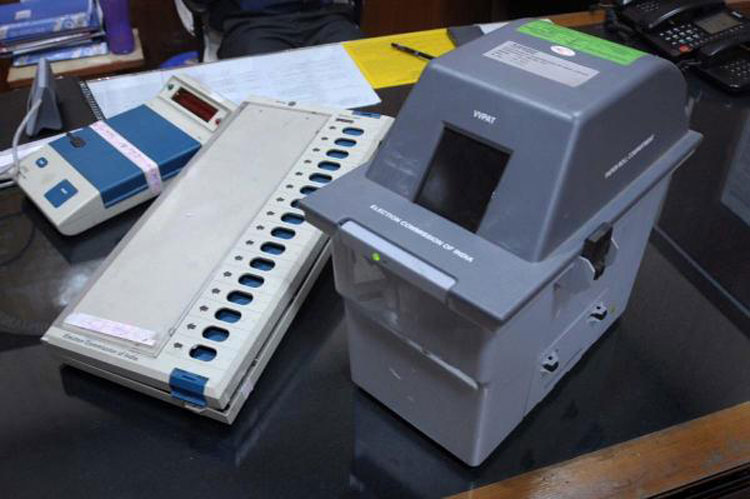Nabarangpur and Koraput, two of Odisha’s four Lok Sabha constituencies that voted on Thursday, had notched up a rare feat in the last general election.
The victory margins in these two constituencies, both reserved for tribal candidates, were lower than the votes cast in favour of Nota (None of the Above).
Congress candidate Pradeep Majhi had lost to Biju Janata Dal (BJD) candidate Balabhadra Majhi in Nabarangpur by a slender margin of 2,042 votes in 2014, while 44,408 votes were cast in favour of Nota.
Similarly in Koraput, BJD candidate Jinna Hikaka had won by a margin of 19,328 votes while 33,222 votes had gone to Nota.
Bhubaneswar-based social activist and lawyer Lelin Mohanty said that considering the backwardness of the region, it could be that many voters simply pressed the wrong button.
“It is more due to ignorance and these voters may not have consciously pressed the Nota button, which is for voters who are not happy with the candidates in the fray,” Mohanty said.
Professor Surya Narayan Mishra, former head of the department of political science at Utkal University, said: “The provision of Nota was introduced following the 2013 Supreme Court directive in the People’s Union for Civil Liberties vs Union of India judgment. It had favoured inclusion of Nota by saying that it would force political parties to project clean candidates in an election.”
Aware that ignorance may have resulted many voters opting for Nota, this time all political parties during campaigning have tried to create awareness among the electorate.
“I have personally campaigned and convinced people not to waste their votes,” Congress candidate from Nabarangpur, Pradeep Majhi, told The Telegraph. “We have also educated them on this aspect. Let’s wait for the verdict.”
The BJD too in its pamphlets and advertisements has put pictures of EVMs (electronic voting machines) with its symbol and asked the voters to press the conch (the party’s symbol).
Party workers during campaigning have also tried to educate people what the Nota option actually is about.
As per Odisha chief electoral officer Surendra Kumar, the voting percentage in the four Lok Sabha seats, Nabarangpur, Kalahandi, Koraput and Berhampur, and the 28 Assembly seats which went to polls on Thursday was estimated at an average of 66 per cent till 5pm. The number of votes cast in favour of Nota will be known on May 23 when the votes are counted.











